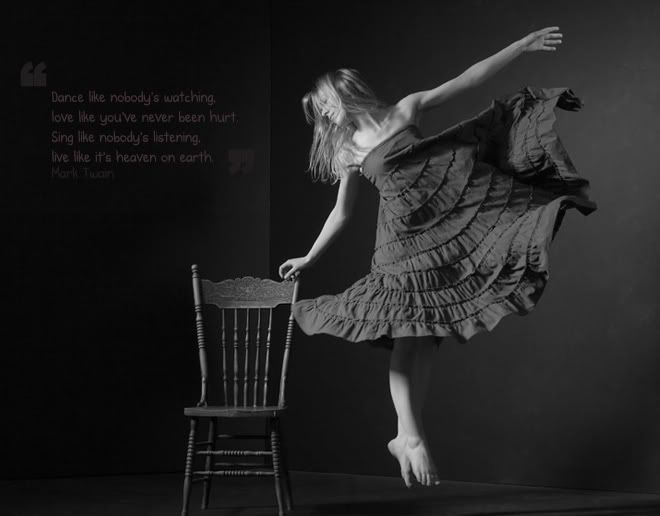

|
The dancer  Joyce Here! I am currently in the Bachelor of Arts in Education Majoring in English Language and I also take Art and Math
Joyce Here! I am currently in the Bachelor of Arts in Education Majoring in English Language and I also take Art and Math
previous posts i overlooked... Critical Reading in Everyday Life Hybridity and Diversity The Futures of Literacy Some thoughts on Semiotics... Flower My Thoughts on Literacy Some Thoughts on NLG's "A Pedagogy of Multiliterac... past February 2009 March 2009 links .:Aishah:. .:Alen:. .:Bee Bee:. .: Haliah:. .:Hui Ling:. .:Ivan:. .:Kai Ling:. .:Marie:. .:Mei Chen:. .:Natalie:. .:Nazeha'a:. .:Pavani:. .:Sangeetha:. .:Shariffah:. .:Syazwani:. .:Zoie:. .:Jess:.
Credits Base code:OHsaygoodbye Image: Kristi |
Wednesday, March 11, 2009 ( Multimodal Pedagogies in the Language and Literacy Classroom @ 11:56 PM ) Indeed, Language and Literacy education aims to empower students and provide them with a platform for the articulation of their ideas. However, educators must understand the cultural and social backgrounds of their students and how it affects (advantaged or disadvantaged) them. With this knowledge, educators can better incorporate pedagogies that aid in meaning making into their teaching. Furthermore, educators must learn to realise and understand that “learners can be offered a choice of silence in the same vein as a choice to speak” (Stein, pg. 109). Silence in the classroom is usually less valued than articulateness and eagerness to participate in classroom discussion. This silence, normally associated with the lack of knowledge or clarity, is generally frowned upon. However, silence does not necessarily indicate ignorance or disinterest in the lesson. I find myself guilty of having such notions about silence too. In the classroom, the vivacious and eloquent students tend to receive more attention and are “expected” to “perform” during assessments. However, the students who are more passive and restrained are more likely to be forgotten. According to Stein (pg. 109), this silence should not be spurned as it is “participatory, affirmative, and productive rather than oppositional and resistant”. I have not looked at it from this perspective and it was a great revelation (a very strong word? Yes, it opened my eyes to a whole different view) for myself. Before, I viewed silence as a mere demonstration of deference and respect towards the teacher. When I was a student, we were expected to keep quiet and absorbed everything the teacher said. Challenging or questioning the teacher was discouraged as it displayed a lack of respect and parents would tell their children, “Just listen. Your teacher is right.” However, due to the changing education landscapes, talk is now encouraged and in turn, relegating silence. Thus, through the implementation of multimodal pedagogies into our teaching framework, silence would be valued as “a mode of communication [that] has the materiality of sound without volume” (Stein, pg. 109). This silence serves to include and not exclude or threaten thus allowing “a positivity and presence of being.” 2 comments |